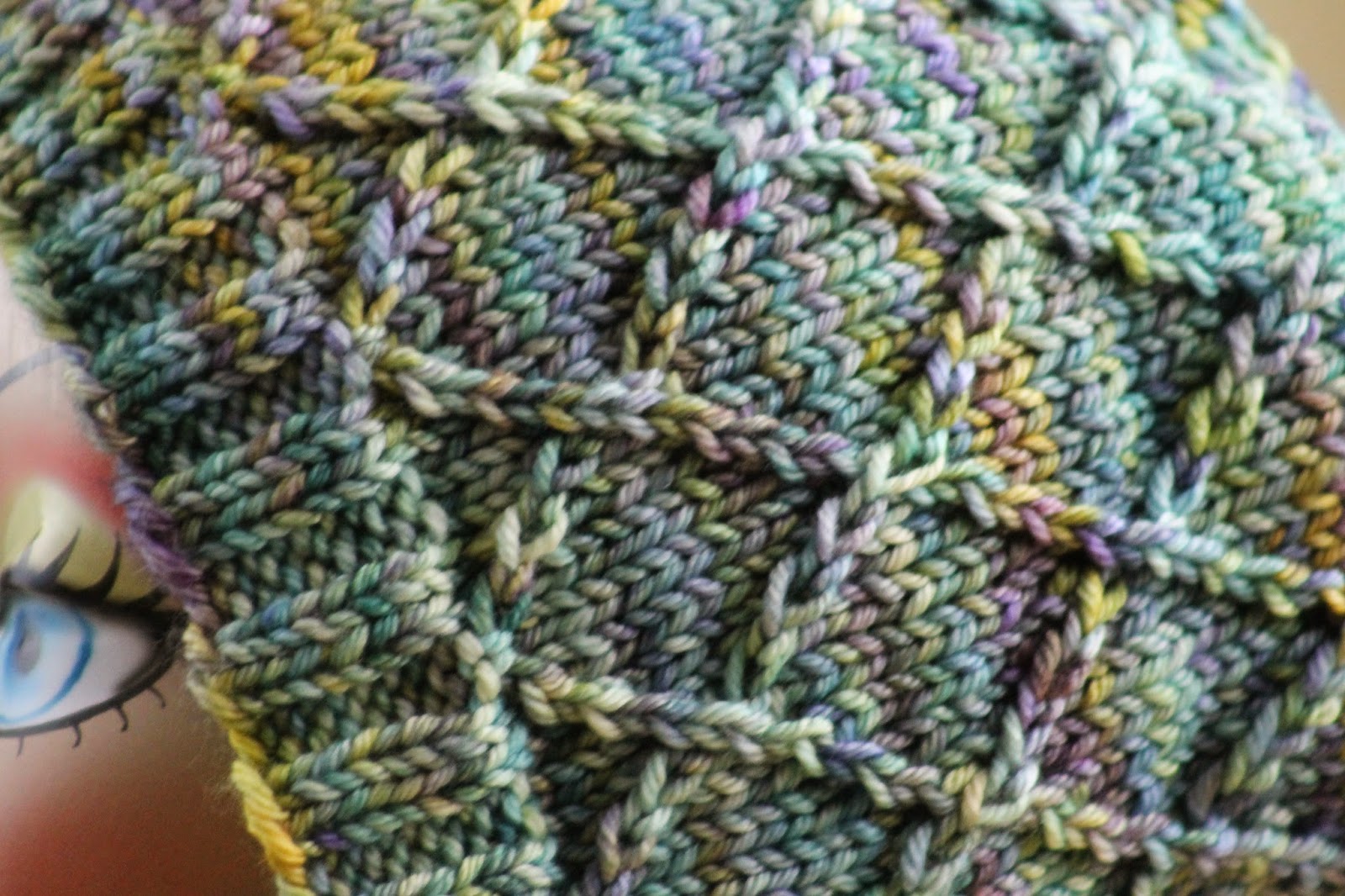So here's the thing - tassels are an excellent flourish for many knit projects, and can take a hat or a scarf from "blah" to "bam!" They're also very easy to make by following the steps below.
1. Cut a rectangle of cardboard. The height should be at least as long as you want your tassel (you can always trim the ends; you can’t make ‘em grow!), and it should be wide enough to fold in half easily.






















